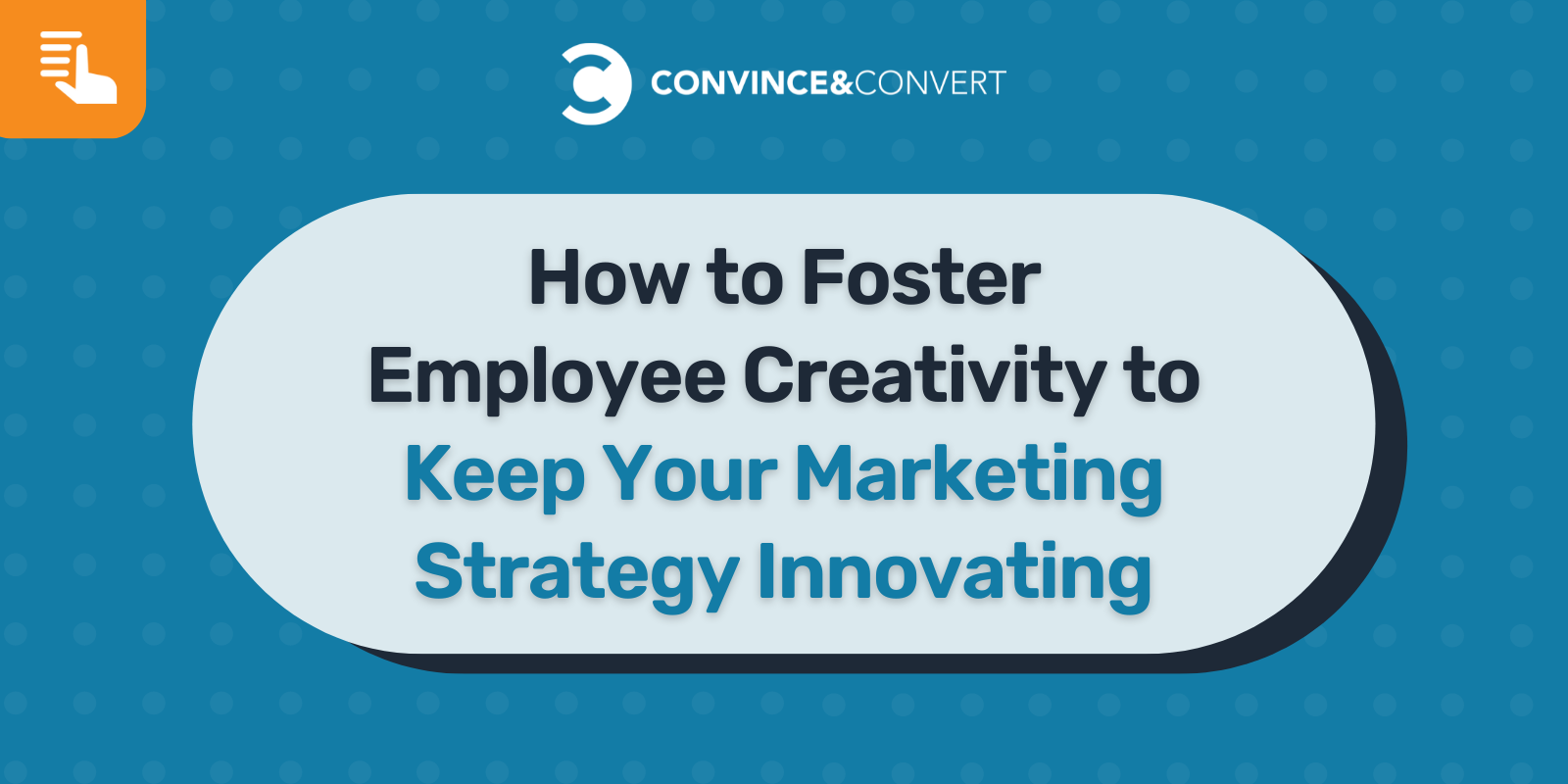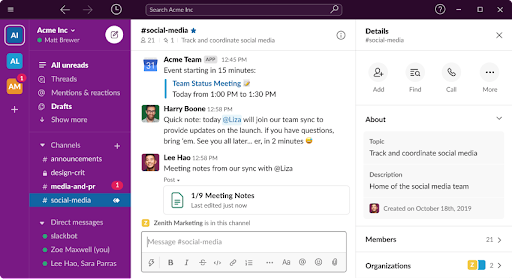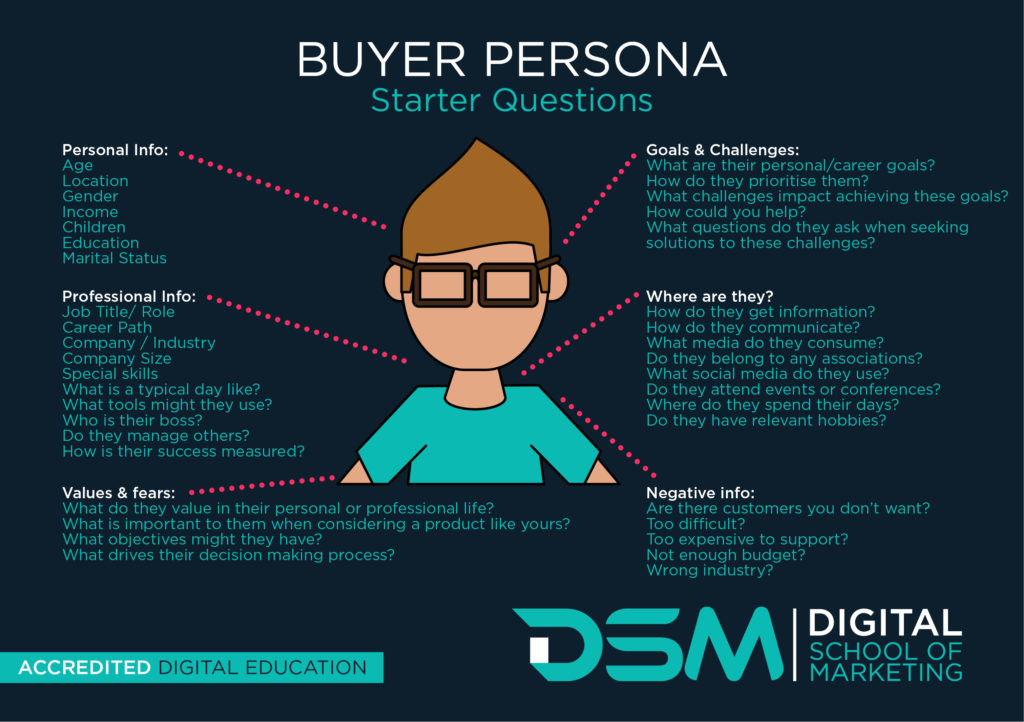
Digital marketing is hard to organize, but it is even harder to innovate.
Once a business discovers a tactic that really works well, it becomes too easy to just focus on that one method and pour all your resources into it.
I’ve seen this happen again and again for a good reason: It is profitable. It is too easy to keep doing what works well, so ultimately your team has no time to invest into learning anything new.
And yet, don’t put all your eggs in one basket, even though it sounds cliche. Yet, it’s still the truth, moreso with digital marketing which keeps evolving and changing at an unprecedented pace.
We’ve seen multiple well-explored marketing channels cease to exist (remember, Myspace, StumbleUpone and Digg?) And even search engine optimization that traditionally is the focus of most online businesses has long become too unpredictable. We’ve seen too many businesses perform lay-offs once their websites lost organic visibility over yet another update.
Finding Innovation within Your Business
This is why investing into marketing innovation is investing into the future.
The only way to keep your business afloat when your main marketing channel fails is to explore various newer options. Thiswill allow you to discover alternative sources of traffic and conversions.
Generating fresh marketing ideas is not something a single person can master on a continuous basis. Actually, from personal experience, agreat marketer is likely to find a single great marketing idea throughout their whole career. Yes, normally, it’s one idea per a successful career.
This is why picking someone else’s brains is such a good idea. Even experienced marketers should be willing to learn!
Your own team is the first place to look. They already know your business and your product, and many of them likely know your customers as well. They are likely to have lots of marketing ideas, or they may find them if they are given an opportunity. Here’s how:
Let them start independent mini-projects
My first job was in customer service. Less than a year into the job, my boss suggested that I start an SEO blog and learn SEO. This is how my career in SEO started, and this is why I am a big believer in letting employees own projects.
The well-known Google’s 20% policy comes to mind here: Google allowed its employees to spend 20% of their work time working on independent mini projects. Lots of notable projects were born thanks to that policy, including Gmail, AdSense and Google News.
Obviously, only a small percentage of those projects will really benefit your company’s bottom line but if you encourage your team members to align those projects with what your business is doing, that will also be a learning curve that will enrich your marketing strategy with new tools and experiments.
For example, in my old days as a customer support rep, I set up a free blogspot site to upload our customers’ product demonstration pictures they were sharing with me in exchange for a coupon. I was responsible for designing, updating, promoting, etc. that blog and it became an impressive collection of visual and video reviews for the company I worked for. And it cost my employees nothing apart from my time which I was happy to spend.
The Cost of Fostering Employee Creativity
Side projects don’t have to be a huge investment.
- Your employees can set up mini-sites for free;
- There are lots of actionable and free resources they can use to educate themselves on marketing projects online: Here’s a pretty comprehensive one on SEO, here’s another one on link building, here’s one on building a social media strategy;
- New tools often come with free trials or freemium versions they can use until those tools are proved really beneficial to your marketing strategy;
- Custom domains can be as affordable as $2 per month: Namify can help you find one.
- Even technical tasks can be handled independently. One can set up a website with no technical skills whatsoever these days. There are lots of free plugins and free tools that can replace paid software.
To keep these mini-projects organized, consider using some kind of SEO productivity platform that is able to consolidate data for many sites. SE Ranking is a great and affordable option that offers everything from position tracking to traffic monitoring for multiple websites within the same dashboard:
Encourage idea sharing and collaborative brainstorming
Digital marketing is only effective if it is integrated into each and every department of your business.
- Employees working in customer service and sales can offer lots of insight into your customers, what they are struggling with, which questions they have and which problems they are solving. All of these insights can make your content strategy better focused on what your target audience is really searching.
- Teams that are involved in product development can contribute to your marketing strategy by informing everyone of product updates, advantages of your product and unique features they are working on. This will help marketers position your product in the most beneficial way.
- Dev teams can help you understand your website better, how users interact with it and how to assist them in having a more positive experience with your brand.
In many organizations there’s a disconnect between a marketing team and the rest of the company, even if each team consists of 1-2 employees. In other words, organizational silos are a big problem for any business, big or small.
Hosting regular brainstorming meetings to allow employees to share ideas and insights is a solid first step in fostering collaboration. Cross-company chats will be helpful as well, especially for identifying those quiet talents that don’t speak in public but have lots of ideas to share. Solutions like Slack require no technical set-up and are easy to integrate into any business communication.

Give ideas spotlight
Not all employee initiatives will turn successful. Lots of marketing tactics provide non-tangible benefits (e.g. branding), many of them become obviously beneficial after some (or a lot of) time (e.g. customer satisfaction). Not everything can be measured.
In fact, there are very few marketing tactics that provide obvious measurable results in a short period of time (the only one that comes to mind is PPC). When it comes to digital marketing, it is often about contributing time and effort for months before one can actually see any results at all.
Therefore I don’t believe in rewarding marketing initiatives, especially when it comes to innovation and experiments.
Instead of rewarding, consider praising.
If your employee discovered a new idea and started implementing it, announce that to the company. Make it clear that you value your employees’ time and effort. Ask them how you can help and which resources or tools they need access to. Feeling valued is often more rewarding than a bonus.
Conclusion
Fostering employee creativity to spark Innovation is definitely an investment that not many businesses think they can afford. But considering the pace at which digital marketing is changing it is also a necessity.
Letting your employees help your marketing strategy innovate is the most affordable and effective way to prevent your business from going stagnant.
As an additional bonus, through encouraging initiative and collaboration, you are likely to find your team much more motivated and inspired which will inevitably result in better productivity and employee advocacy.
The post How to Foster Employee Creativity to Keep Your Marketing Strategy Innovating appeared first on Convince & Convert.




